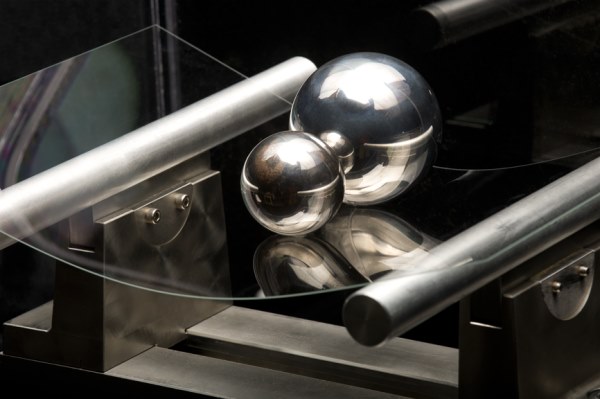Affiliate links on Android Authority may earn us a commission. Learn more.
Corning video: see how Gorilla Glass 3 is made, and why it eventually breaks

Gorilla Glass is an amazing material, without which our beloved gadgets would look quite differently. We’ve shown you how Gorilla Glass is made in our recent How It Works, and we’ve also told you about the latest generation of the material, Gorilla Glass 3, which Corning has just introduced at CES 2013.
For many, a picture is worth a thousand words, so a video should be even better at explaining the chemistry (or is it magic?) that Corning uses to make its fortified glass. The company has just released two interesting videos that demonstrate the amazing properties of Gorilla Glass 3.
The first one shows a simulation of how Corning manufactures Gorilla Glass, including an animation that explains ion exchange, the crucial process that makes Gorilla so strong. Titled Why Glass Breaks, the video also touches on an aspect that has raised many a question over the years – why does Gorilla Glass sometimes cracks or shatters when exposed to seemingly weak shocks. The cause is the presence of invisible defects on the surface of the device, which can be harmless, but can also cause the glass to fail under the right conditions.
The moral of the story? Don’t keep your phone with your keys or other hard objects, because, even if you don’t see scratches on the glass, its surface can suffer damage that can lead to cracks.
Speaking of cracks and scratches, Corning is touting the resistance to scratching of Gorilla Glass 3. The new material is much stronger than common strengthened soda lime and an unspecified competitor (Dragontrail?). Gorilla Glass 2 scratches when a load of about 1.12lb/0.5kg is applied, while the new Gorilla Glass 3 withstands the test even when a 1.8lb/0.8kg load is applied.